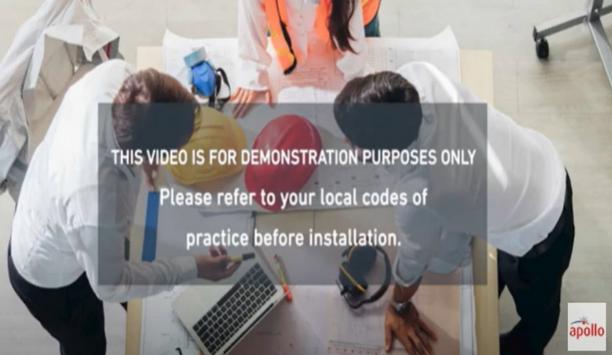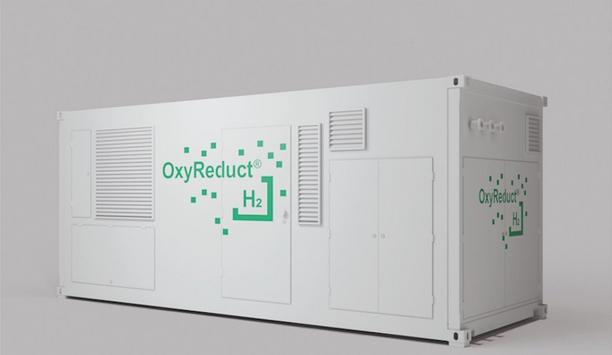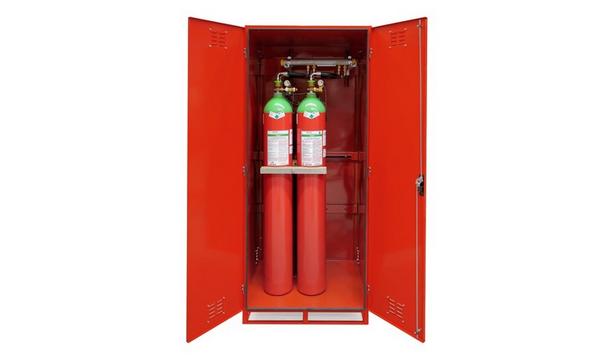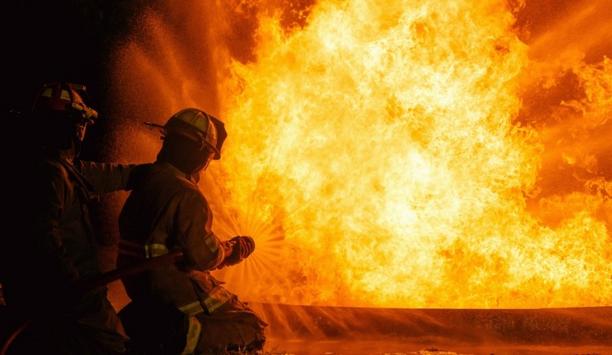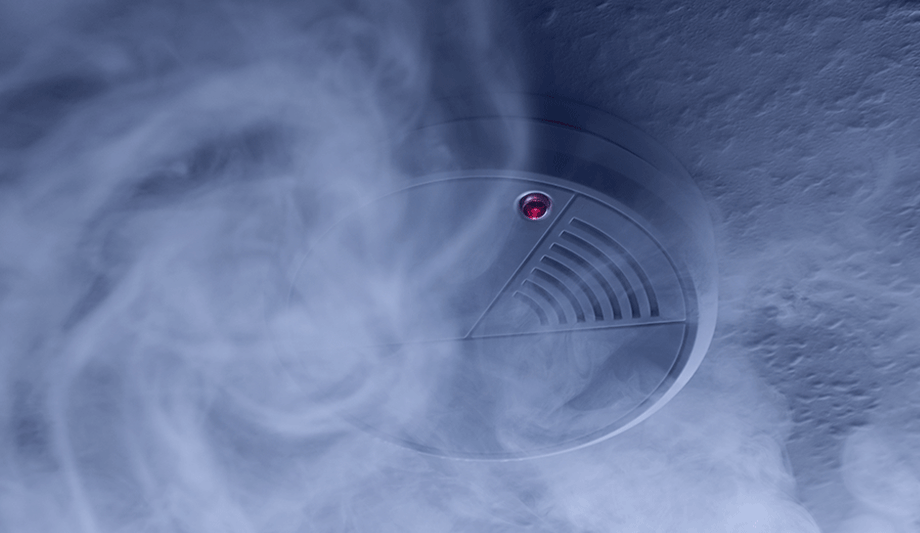The Occupational Safety and Health Administration (OSHA) released new rules on November 4 requiring employers with more than 100 employees, including local and state governments in the 28 state plan states, to require their employees to be vaccinated or undergo weekly testing.
However, in issuing these rules, OSHA excluded emergency responders and healthcare workers who already are covered by OSHA’s Healthcare Emergency Temporary Standard (ETS) that was released in June. The protections from the June Healthcare ETS will continue to apply to firefighters and EMS personnel.
Monitor The Status Of Requirements
States must implement OSHA’s ETS as written or adopt rules that are equivalent to or greater than the OSHA standard by December 4, 2021. Pre-existing state or local mandates on vaccination and testing with stricter requirements than OSHA’s ETS will continue to apply.
OSHA’s new ETS recognizes the role of collective bargaining agreements surrounding vaccination
The IAFF urges all affiliates to monitor the status of vaccine and testing requirements in their jurisdiction and identify any possible conditions over which bargaining should occur. The IAFF also encourages affiliates to continue working with their state regulatory authority to ensure each state protects the rights of unions to bargain over conditions of vaccination. OSHA’s new ETS recognizes the important role of collective bargaining agreements surrounding vaccination and testing requirements.
Impact of CMS’ vaccine requirements
The Centers for Medicare and Medicaid Services (CMS) also issued a vaccine requirement for some Medicare and Medicaid participating entities. CMS’ order only applies to entities regulated by CMS’ Conditions of Participation (COPs). These COPs and the vaccination requirement do not apply to fire-based ground ambulance agencies.
Some hospitals, long-term care facilities, and other facilities may extend a vaccine requirement to healthcare practitioners who care for that hospital, health system, or long-term care facility’s patients. Any affiliates providing non-emergent interfacility transportation services for patients may need to consult with their local hospitals or health system to determine the impact of CMS’ vaccine requirements.



